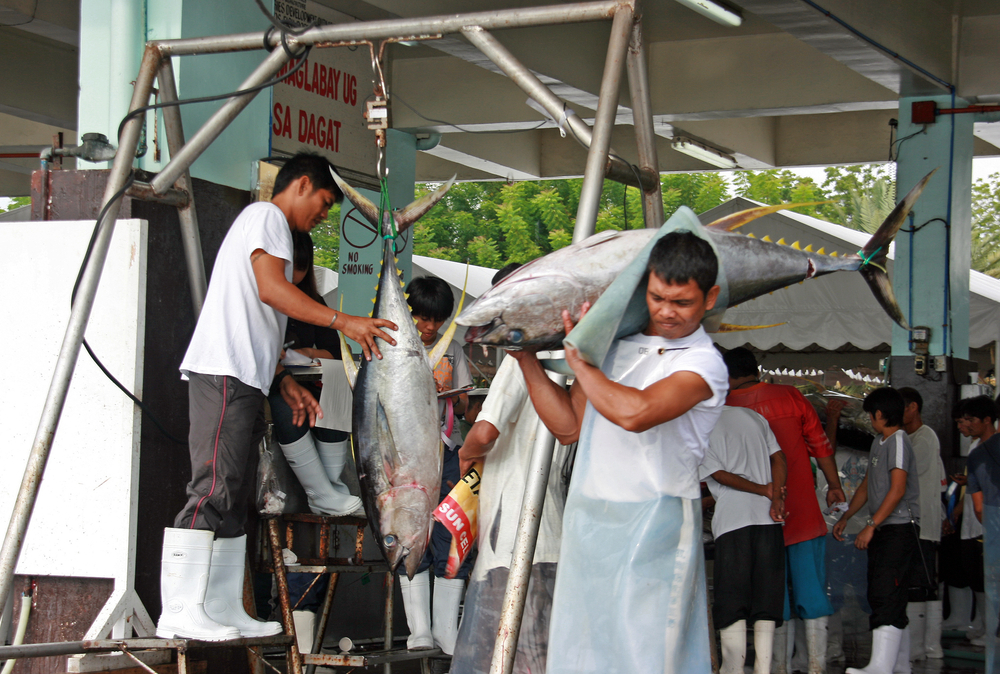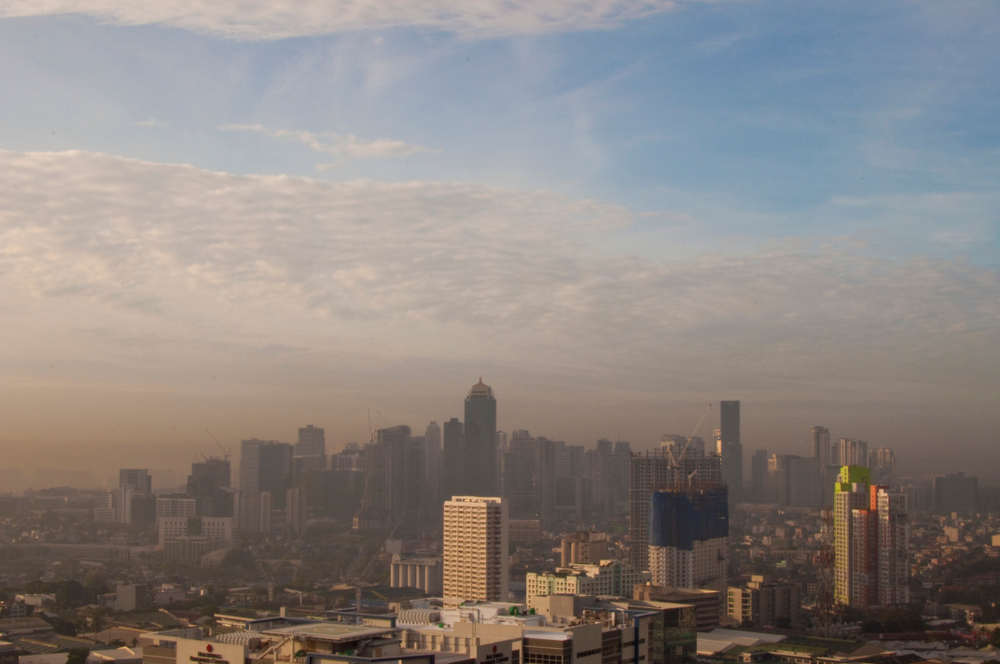Environment: Environmental Overview
The Philippines is a Southeast Asian country made up of more than 7,000 islands, each with its unique ecosystem. However, the country's rapid urbanization and industrialization have resulted in significant environmental challenges. This environmental overview will examine some of the most pressing environmental issues facing the Philippines, including those related to its rivers, lakes, coastlines, reefs, mountains, deserts, and air quality.
Rivers
The Philippines has many significant rivers, including the Cagayan River, Pulangi River, and Agusan River. However, many of these rivers are highly polluted, primarily due to agricultural runoff, industrial waste, and untreated sewage. This pollution has resulted in a decline in water quality, harming both human health and aquatic ecosystems. Species such as the Philippine crocodile, Philippine freshwater turtle, and giant gourami are all affected by this pollution.
Lakes
The Philippines has several large lakes, including Lake Lanao, Lake Taal, and Laguna de Bay. However, many of these lakes are also highly polluted, with untreated sewage and industrial waste being major contributors. This pollution has resulted in a decline in water quality and the loss of biodiversity in these lakes. Species such as the tawilis, a unique freshwater sardine, are now endangered due to habitat loss and overfishing.
Coastlines
The Philippines has 36,289 kilometers (22,549 miles) of coastline, but this coastline is under threat from overfishing, coastal development, climate change, and pollution. Overfishing has depleted fish stocks, harming both the environment and local fishing communities. Coastal development has also resulted in habitat loss for many marine species, including sea turtles and dugongs. Finally, rising sea levels and more frequent storms due to climate change are increasing the risk of coastal erosion and flooding, which can have significant impacts on human populations.
Reefs
The Philippines is home to some of the world's most diverse coral reefs, including the Tubbataha Reef and Apo Island. However, these reefs are under threat from climate change, overfishing, and destructive fishing practices such as dynamite fishing and cyanide poisoning. These practices harm not only the coral reefs but also the many species that depend on them, including clownfish, giant clams, and sea turtles.
Mountains
The Philippines has many significant mountain ranges, including the Cordillera and Sierra Madre ranges. However, these mountains are under threat from deforestation, mining, and climate change. Deforestation has resulted in soil erosion, landslides, and the loss of biodiversity, while mining has led to the displacement of indigenous communities and pollution of water sources. Climate change is also causing glaciers to melt, resulting in increased flooding and landslides.
Deserts
The Philippines does not have any significant deserts, but it does have areas of dryland forest and grassland. These areas are under threat from deforestation and overgrazing, which can lead to soil erosion and the loss of biodiversity. Species such as the Philippine eagle, the Visayan warty pig, and the Philippine deer are all affected by these threats.
Air Quality
The Philippines is one of the most polluted countries in the world, with air pollution levels that exceed international standards. This pollution is primarily due to vehicle emissions, industrial activity, and biomass burning. Poor air quality can have significant impacts on human health, particularly on respiratory health, and can also harm wildlife and ecosystems.
Conclusion
The Philippines faces significant environmental challenges, including pollution of its rivers, lakes, and coastlines, threats to its coral reefs and mountain ecosystems, and poor air quality. These challenges have direct impacts on both the environment and human populations, and urgent action is needed to address them. By investing in sustainable development and conservation efforts, we can help to ensure a healthier future for the Philippines and its unique ecosystems.
Copyright © 1993—2025 World Trade Press. All rights reserved.

 Philippines
Philippines 
